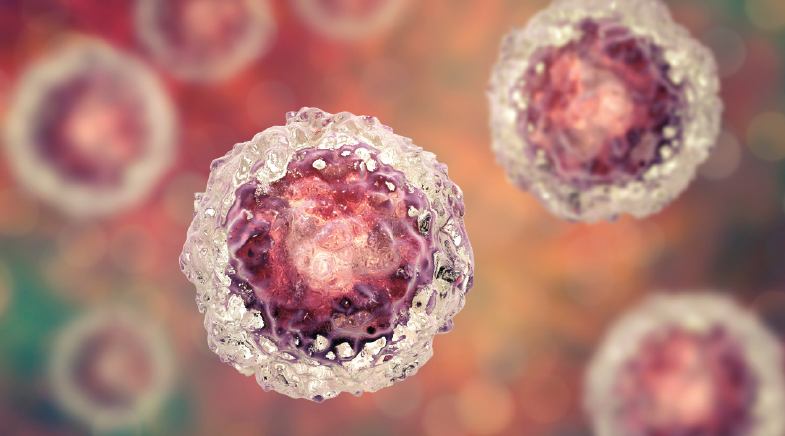They've got the (pure) blues!
-
- from Shaastra :: vol 02 issue 04 :: Jul - Aug 2023

There is an ever-growing demand for stable, blue-colour-emitting materials in imaging applications and in the lighting and display industries. But the materials that are available tend to be toxic and not environment-friendly.
Semiconductor nanocrystals (quantum dots, or QDs) made of indium phosphide (InP) have intrinsically lower toxicity than cadmium- and lead-based blue emitting materials. However, synthesising InP quantum dots with good optical properties is not easy because the size of the nanocrystal core should be less than 2 nanometres (nm). "When you try to reduce the size below 2 nm, the nanocrystal will develop a lot of defects, making it impure. The blue-colour emission properties of the material are highly dependent on crystal purity," says Pramod Pillai of the Indian Institute of Science Education and Research (IISER), Pune.
Pillai's team has now managed to overcome these challenges by finding a way to control the kinetics of crystal core formation, including the nucleation and crystallisation processes. By controlling the ratio of the chemicals used, the team was able to tune the crystallisation process to get a good core, says Pillai. The work was published recently in the journal Chemical Science (bit.ly/semiconductor-nanocrystals).
Pillai says a few other groups have made InP nanocrystals with a core smaller than 2 nm, but their reported emission rates are low. "We have been able to get a quantum yield of 60%, which is very good," says Pillai. (Quantum yield indicates the emission potential of a material.) In addition, the scientists achieved a colour purity of 80%.
The team demonstrated the material's effectiveness in bioimaging applications.
"Developing blue-colour-emitting semiconductor nanocrystals presents numerous challenges," says Vishal Govind Rao of the Indian Institute of Technology Kanpur, who was not associated with the study. Despite the challenges, he says, scientists and engineers are continually striving to unlock their full potential for various applications.
"The authors successfully fine-tuned the nucleation and growth processes, which led to crystalline ultrasmall InP QDs with a core diameter of (approximately) 1.8 nm. This was achieved by balancing the reactivity between indium and phosphorous precursors," remarks Jino George of IISER Mohali.
The team also demonstrated the material's effectiveness in bioimaging applications and found the QDs to be biocompatible and safe. Their luminescence property is so strong that only 1% laser power was required to excite the QDs when used as biomarkers in living cells.
Next, the scientists are planning to test the material's suitability for lighting and display applications. Making good quality, highly efficient white LED lights requires high-quality blue-colour light-emitting diodes. Red and green LED sources – two other components required for making white LED lights – were already available.
Now we have the blues.
Have a
story idea?
Tell us.
Do you have a recent research paper or an idea for a science/technology-themed article that you'd like to tell us about?
GET IN TOUCH














